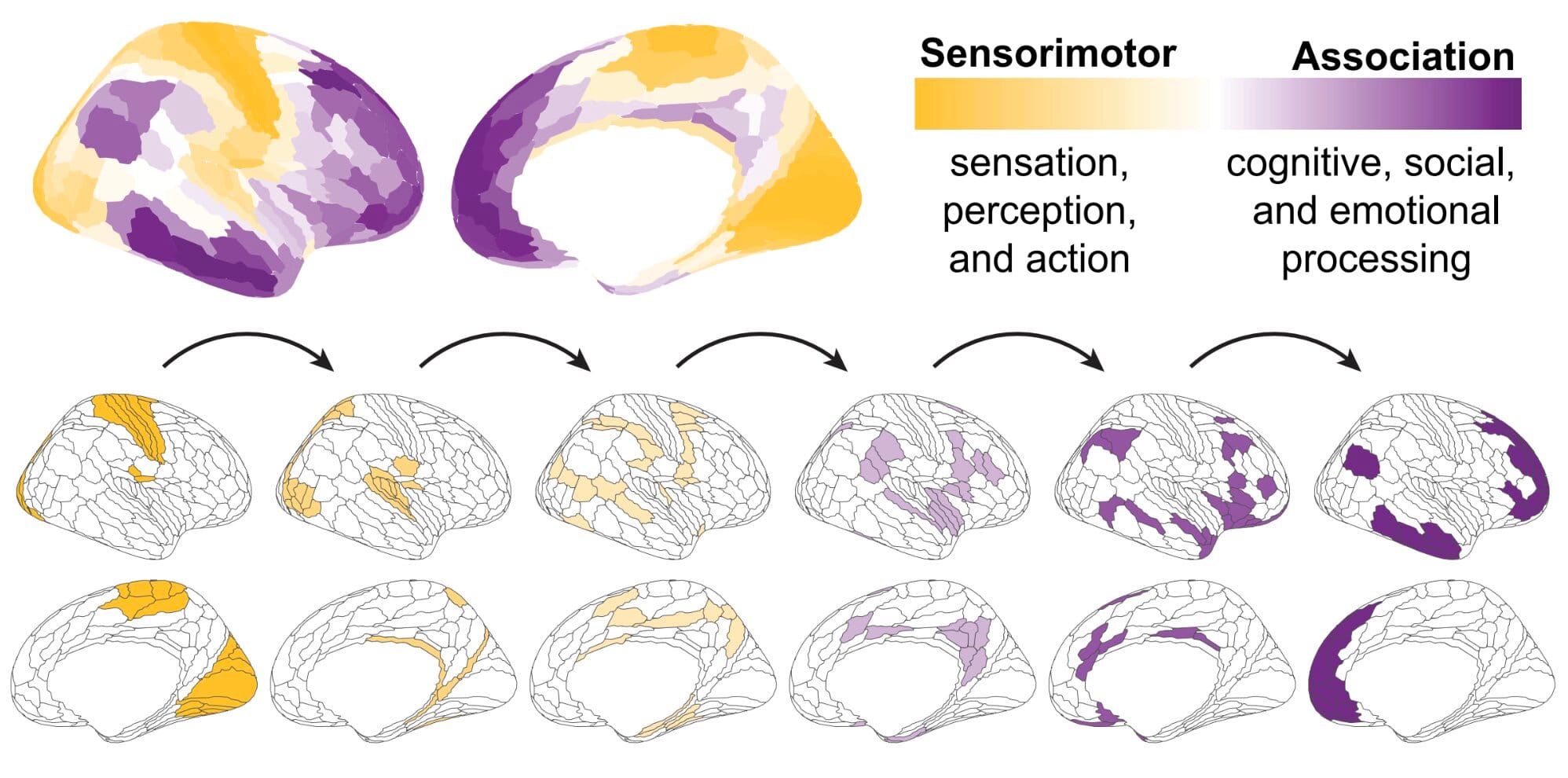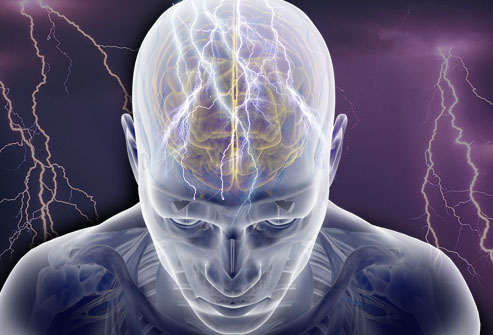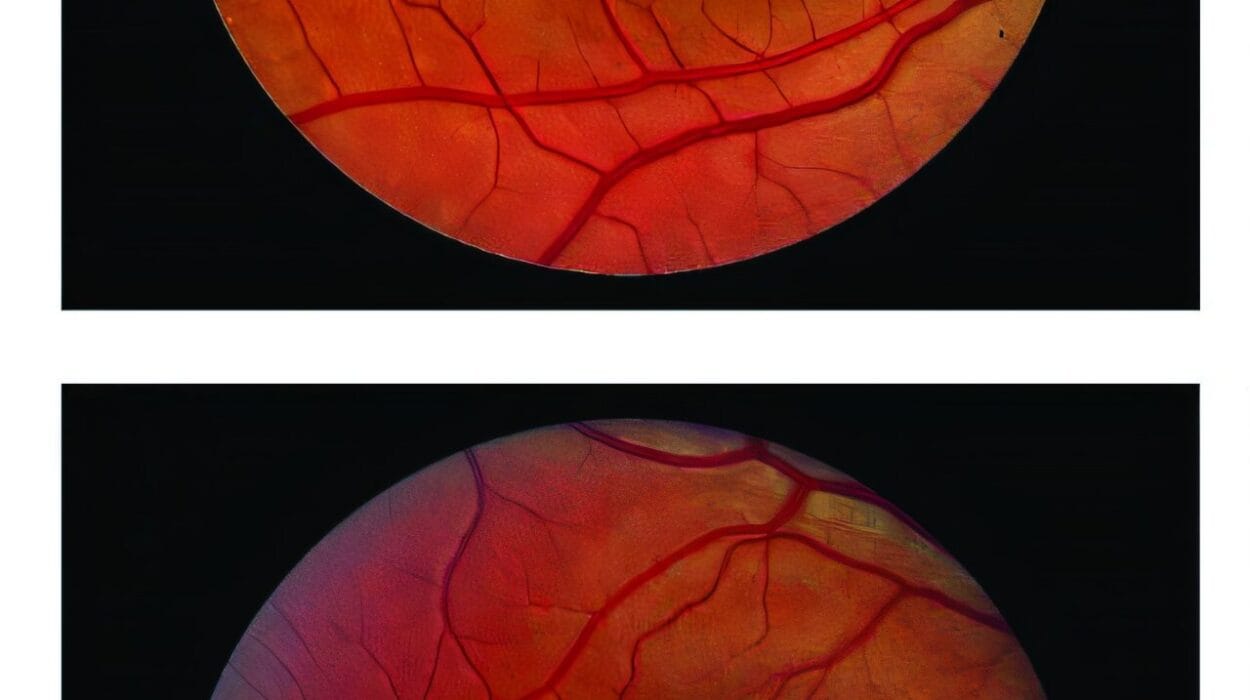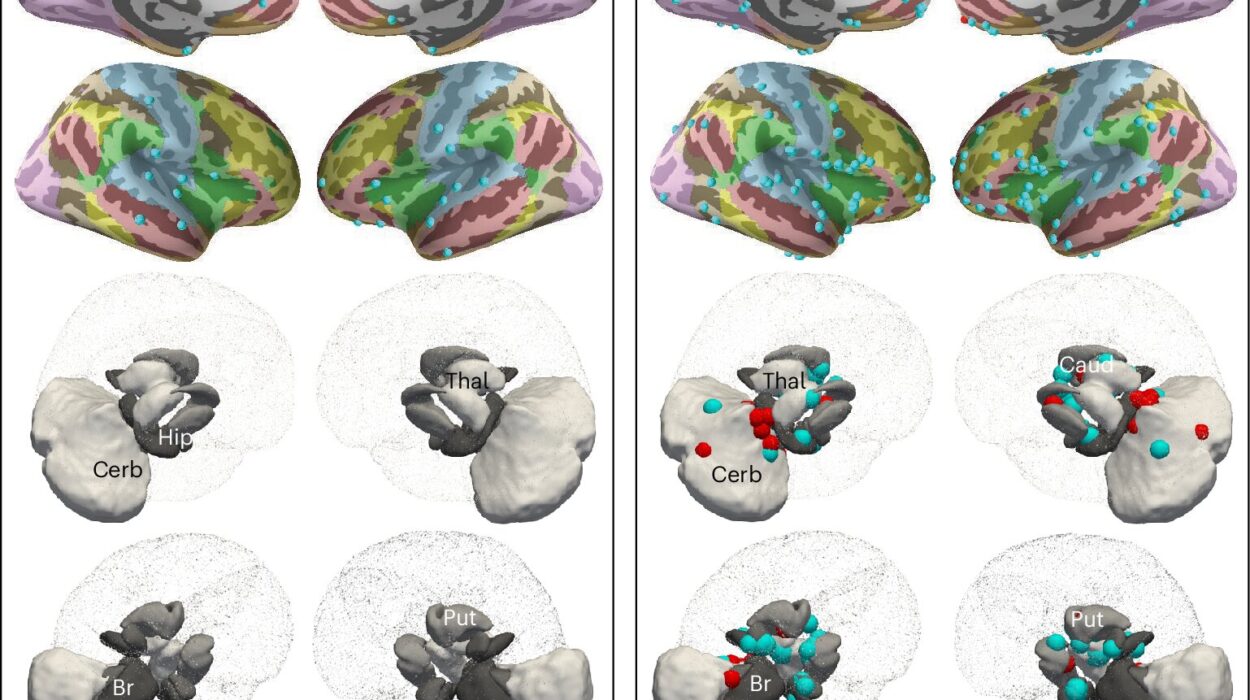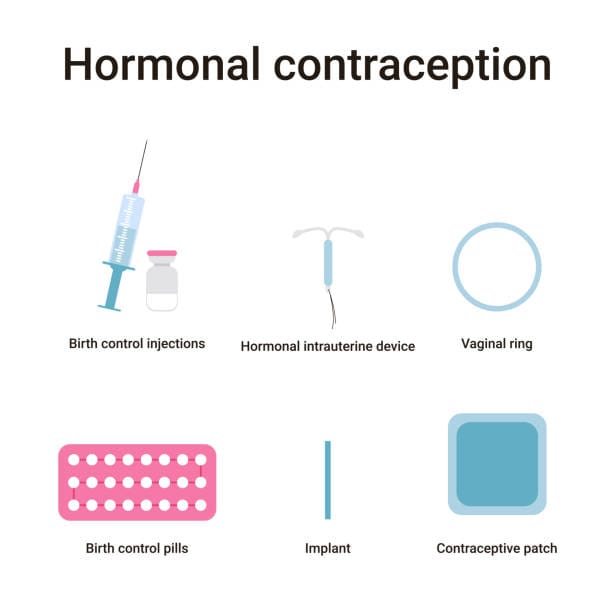For decades, neuroscientists have known that the human brain develops in a predictable order. In the early years, it focuses on essential skills — movement, touch, vision, and hearing — before moving on to the more complex abilities that make us deeply human: decision-making, problem-solving, empathy, and creativity.
This “hierarchical” pattern of growth has been seen as largely a matter of the cortex — the brain’s outer layer — gradually refining its circuits. But a new study suggests another player has been quietly orchestrating this timeline: the thalamus, a walnut-sized structure buried deep in the brain’s center.
Long thought to be little more than a “relay station” for sensory signals, the thalamus is now emerging as a master regulator — perhaps even a timekeeper — of how and when our brains grow.
A Closer Look at the Brain’s Middle Manager
The research, led by Dr. Theodore Satterthwaite and colleagues at the University of Pennsylvania, set out to understand whether the thalamus might be actively guiding the pace of brain development. Their findings, published in Nature Neuroscience, suggest that this central hub does much more than pass messages along. It may be setting the schedule for when different parts of the cortex stop being highly adaptable — a quality neuroscientists call plasticity.
Plasticity is the brain’s ability to rewire itself, learn new skills, and recover from injury. In children, plasticity is abundant; the brain is in a constant state of renovation. But as we age, these “open windows” of adaptability start to close — first in the areas controlling basic senses and movement, later in those responsible for higher-order thinking.
What the team wanted to know was: could the thalamus be controlling these windows?
From Mice to MRI Scans
Previous animal studies had hinted at this possibility. In rodents, the thalamus has been shown to both encourage and limit plasticity in the cortex by sending signals through bundles of nerve fibers. But no one had confirmed whether this same mechanism operates in humans.
To find out, the researchers turned to diffusion magnetic resonance imaging (MRI) — a non-invasive brain scanning technique that tracks the movement of water molecules through tissue. This allows scientists to map the brain’s “wiring” — the dense web of connections that link different regions.
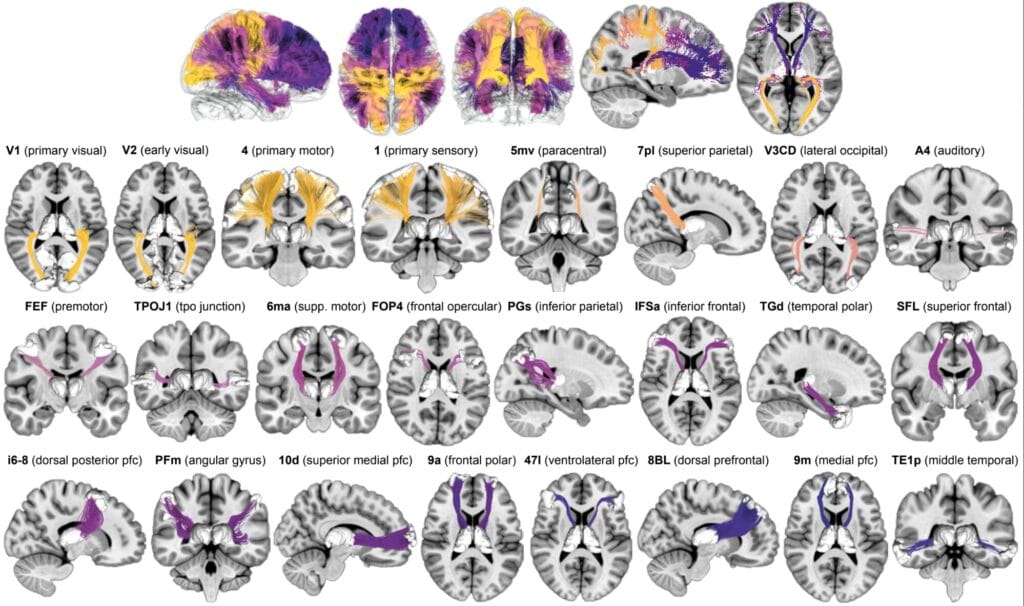
Using data from more than 2,600 young people aged 8 to 23, the team created an atlas of thalamocortical structural connectivity — essentially a detailed map of more than 200 pathways linking the thalamus to various parts of the cortex.
A Developmental Domino Effect
The results were striking. Just like the cortex itself, the thalamus’s connections matured in a stepwise sequence: first to sensorimotor regions, then to the association areas involved in language, social skills, and reasoning.
In other words, the thalamus wasn’t just passively following the brain’s timeline — its own wiring changes appeared to align with and possibly drive the cortex’s maturation process.
“We think the thalamus may be acting like a conductor,” said Dr. Valerie J. Sydnor, the study’s first author. “It’s not simply passing along sensory information — it’s influencing when different brain regions are most adaptable, and therefore when they are most vulnerable or open to change.”
Why the Timing Matters
The pace of brain maturation isn’t just a curiosity for neuroscientists — it has real-world consequences. Regions that remain plastic for longer tend to be more influenced by environmental experiences, both positive and negative.
The study found that thalamic connections to association areas — those higher-level thinking regions — matured more slowly. This prolonged development kept these areas adaptable well into adolescence, a critical period for learning complex social and emotional skills.
This extended plasticity, however, comes with a trade-off: greater susceptibility to harmful influences, from chronic stress to trauma. It’s a reminder that adolescence is both a window of opportunity and a period of heightened risk.
A Blueprint for Boosting Brain Health
One of the most intriguing aspects of the research is its potential for intervention. If the thalamus plays a central role in setting the pace of brain development, could we one day use that knowledge to extend or optimize plasticity?
The idea isn’t science fiction. Targeted educational programs, enriched environments, and perhaps even future medical treatments could theoretically encourage healthy thalamocortical development, giving young people a longer runway for acquiring advanced skills — and maybe even helping adults retain more of their brain’s youthful adaptability.
“Now that we’ve identified this potential ‘clock’ in the brain,” Sydnor said, “we can start asking how to influence it. Could certain environments or experiences extend the brain’s adaptability? Could we strengthen resilience by supporting these connections during critical years?”
The Road Ahead
The team’s next steps involve pinpointing exactly which aspects of a young person’s environment — from social relationships to educational opportunities — have the most powerful effect on thalamocortical connections.
If successful, this line of research could reshape the way we think about childhood and adolescence. It could lead to policies and interventions that make the most of these critical years, not just for academic learning but for emotional and social growth.
For now, the study offers a new way of looking at a brain structure that has long been underestimated. The thalamus is no longer just the post office of the brain, sorting and delivering messages. It may be the metronome, keeping time for the symphony of our mental development.
And if we can learn to work with that rhythm, we may find new ways to help every brain reach its full potential.
More information: Valerie J. Sydnor et al, Human thalamocortical structural connectivity develops in line with a hierarchical axis of cortical plasticity, Nature Neuroscience (2025). DOI: 10.1038/s41593-025-01991-6.
